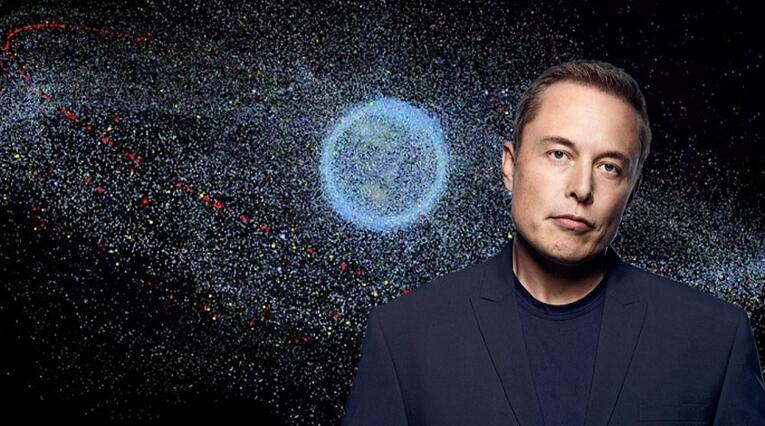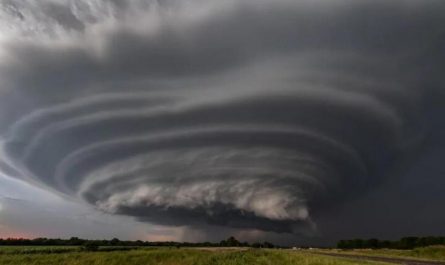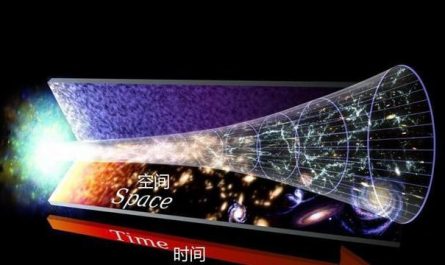On April 29, 2021, the “Tianhe” core module was successfully launched into orbit, officially starting the construction of the Tiangong space station. On the same day, Musk’s SpaceX launched 60 satellites. So far, the number of satellites in the low-Earth orbit satellite chain has increased to 1,438; on May 4, the satellite chain plans to launch 26 batches of satellites, increasing the total number of satellites in orbit to 1,498. Pieces.
Since the first artificial satellite was launched in 1957, humans have launched a total of 9,000 satellites and spacecraft. So far, there are about 6,000 in orbit, and SpaceX’s star chain accounts for nearly a quarter. This is not over yet, because the total number of Musk plans to launch is 42,000, which is far beyond your imagination!
Starlink has a total of 42,000 satellites
The sky looks very open. When talking about the risk of satellite collisions, some friends always use this analogy: Disperse 42,000 people on the surface of the earth, can they see each other?
The surface area of the earth is about 510 million square kilometers. If 42,000 people are evenly distributed on the surface of the earth, each person can occupy 12,143 square kilometers, which means that one person can be divided into two Shanghai cities. So some people came to the conclusion: the sky is so big and the satellites are distributed in orbits of different altitudes, it is unreasonable to worry about satellite collisions.
Sounds reasonable, doesn’t it?
Man and earth
One thing these friends overlooked is that unlike people on the ground, all satellites in the sky are moving at high speeds. The speed of low-Earth orbit satellites is roughly above 7.66 km/s, and they will crash if they fall below this speed. People walking on the street can easily keep a distance from each other. Cars on highways need to keep a distance of more than 100 meters, and satellites fly at 23 times the speed of sound. Their range of influence also expands exponentially, and they will collide if they are not careful. on. The price of communication satellites can be hundreds of millions at every turn, and the cost of the space station starts at tens of billions. There are astronauts in it, so you can’t afford to hit it!
Space collision is devastating
A famous satellite collision event in history dates back to February 10, 2009, when the U.S. Iridium-33 collided with Russia’s scrapped communications satellite Kosmos-2251 sideways at an altitude of 789 kilometers, resulting in tens of thousands of collisions. There are still more than 1,500 fragments flying in the sky so far.
In March 2021, the disintegrated US meteorological satellite NOAA-17 and our Yunhai-1 02 satellite successively disintegrated. The reason is unknown. Some analysts believe that these two events may be caused by space junk.
Does Musk’s Starlink have collision problems? In August 2019, the European Aviation Agency discovered through telemetry that their “Aeolus” earth observation satellite and Starlink 44 satellite orbit and there is a possibility of collision, SpaceX refused to adjust the orbit of Starlink 44, and finally forced ESA to change the “Aeolus” Fly orbit to avoid American satellites.
“Aeolus” dodges the star chain-44 stars
Although the probability of two satellites in the sky colliding is not high, it is more likely that they will pass by each other, but no one is foolish enough to take their own satellites worth several hundred million to bet against millions of small satellites. Therefore, it is better to consume fuel to shorten the lifespan than to avoid the probability of one in 100,000.
So, under normal circumstances, is it possible for the Starlink satellite to meet the Tiangong space station?
According to public information, the orbital height of the Tiangong Space Station’s official operation is about 400 kilometers and the orbital inclination is 45.1°. The reason why most space stations choose this height is mainly because of its economy: the air resistance here is small enough, it is protected by the geomagnetic field, and it is convenient to transport people and materials, and it is easier to observe the earth.
Musk’s first batch of Starlink satellites were mainly deployed in a near circular orbit with an inclination of 550 kilometers from the ground and basically maintained a safe distance from the space station. Under normal circumstances, Starlink satellites will not pose a threat to the space station.
Starlink’s first “orbital shell”
In the past two years, as many as 67 Starlink satellites have departed from orbit. With the increase in the number of SpaceX launches, more satellites will fail and fall every year. These satellites will inevitably invade the space station orbit during their downward movement, which will cause damage. The operation of the space station poses a threat.
Compared with direct impacts, scientists are more worried about the emergence of a scenario called “Kessler syndrome”: Due to the high density of satellites in orbit, even the debris from an accidental collision will affect other satellites. This caused more impacts and more debris, and ultimately rendered the entire low-Earth orbit unusable.
The effect of “Kessler syndrome”
In order to protect the astronauts and avoid possible collision threats, the Tiangong Space Station was designed to place the astronauts’ living area in the small column area of the core module of the Tianhe. In the future, it will be located at the back of the center of the space station, which can be minimized. Risks from space junk.
But data from the American Academy of Sciences shows that when a 1-kg object collides with a spacecraft at a speed of 10 kilometers per second, its destructive force can crush a 1-ton spacecraft. Therefore, it is not a good way to carry it hard. Once the space station is hit by a big hole, the rapid loss of pressure will still kill all the astronauts.
The imaginary picture of the International Space Station being hit
Considering that satellite debris and other space junk have already posed a serious threat to spacecraft, we also need to increase investment in space observations while doing a good job of protection, so as to quickly identify, identify and track about 900,000 in low-Earth orbit. Space debris larger than 1 cm, if necessary, guide the space station to adjust its orbit to avoid possible impact.
Since its launch, the International Space Station has made nearly 30 orbital maneuvers to avoid collisions, and this maneuvering has been increasing year by year in recent years. It is estimated that the Tiangong Space Station will also need to raise the orbit to avoid collisions in the future, provided that we can judge at least 6 hours in advance. Danger. Regardless of whether Musk’s Starlink satellites pose a direct threat, we need to plan ahead and be foolproof.






